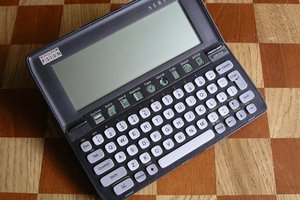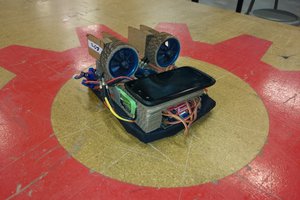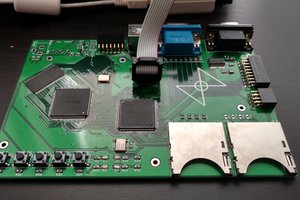The 8Q Computer is a linux-capable development board with an open-source, open-core 8 Qubit, Photonic Based General Purpose Quantum Processing Unit.
The 8Q Core QPU is room-temperature stable and designed to be built at home by amateur hackers who want to get into quantum computing on a budget.
The total cost of components is estimated to be between $8,000-10,000, although your mileage may vary, and the estimated size of the QPU built with 'macro' optical components is approximately 4'x3'.
 Noah Wood
Noah Wood




 Alex Brown
Alex Brown
 Karl Bielefeldt
Karl Bielefeldt

 john lemme
john lemme
Can Silicon Photomultipliers (SiPMs) be used as single-photon sources in your project?
I am a profane, so be patient..